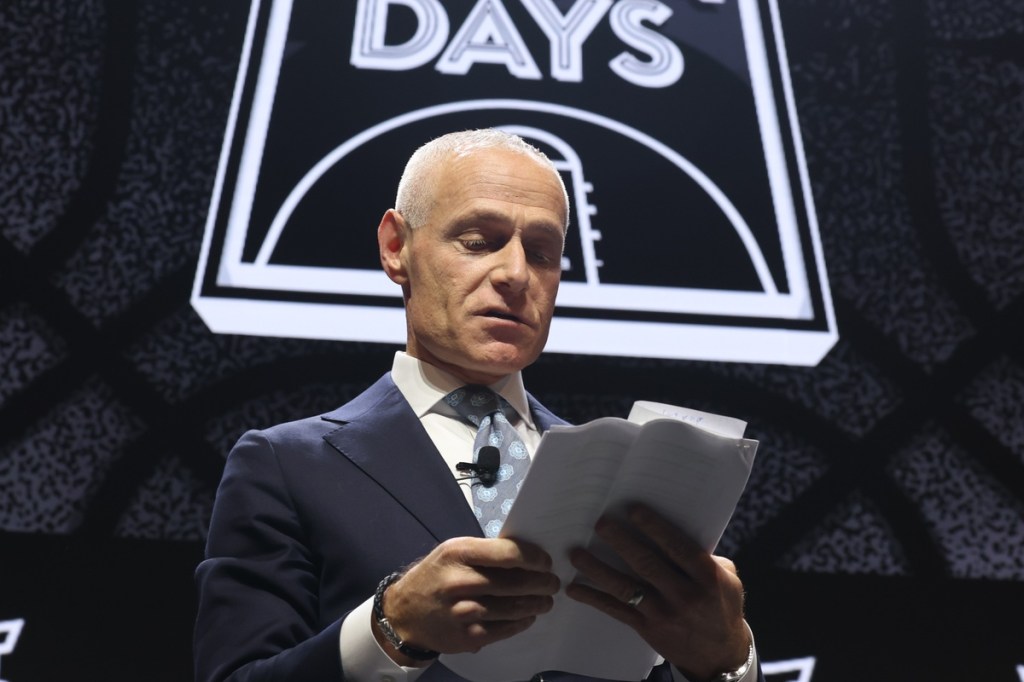Real Madrid is a few weeks away from beginning its defense of the LaLiga crown, but it’s already been awarded a new title.
The football club announced revenue of $1.16 billion for the 2023–2024 season, the largest in a fiscal year for any sports franchise in history. The figure is up 27% versus 2022–2023 ($913.97 million), even though it already topped all European football clubs in revenue last year.
Two other sports franchises have breached the $1 billion mark in revenue—FC Barcelona in 2017–2018 and 2018–2019, and the NFL’s Cowboys in 2022–2023—but Real Madrid is the first to pass the billion-Euro mark (€1.073 billion).
A key driver to the revenue jump was the renovations to its stadium, Santiago Bernabeu. The club has spent nearly $2 billion on improvements to the stadium, which includes a retractable roof and turf.
Real Madrid also noted that Santiago Bernabeu renovations drove a “progressive increase in terms of capacity and commercial operations” last year, though the stadium will only be fully operational by the 2024–2025 fiscal year. One of the main goals of the renovation was to open up the stadium to non-soccer events—and the team already announced that it will host an NFL game in 2025.
All of this revenue growth comes before Kylian Mbappé has played even a minute for the club. The French superstar will debut for Real Madrid this season after leading Paris Saint-Germain to six Ligue 1 titles in seven seasons.
A Growing, Beautiful Game
It’s no secret that sports franchises have experienced a spike in valuation over the last several decades, and European soccer is no exception.
The five big European soccer leagues—the Premier League, Bundesliga, LaLiga, Serie A, and Ligue 1—were hit hard by the COVID-19 global pandemic; Real Madrid’s revenue was down nearly 14% from 2018–2019 to 2020–2021. But last year, the five leagues combined to generate a record $20.93 billion, up 14% from the previous season.
According to Deloitte’s Annual Review of Football Finance 2024, the uninhibited return of fans to stadiums in Germany and Italy, coupled with an increase in the international broadcasting-rights of the Premier League, drove last year’s revenue spike.
However, the figure also illustrates the great divide in European soccer. There are 98 teams across the Big Five, but the top 20 teams, which Deloitte refers to as the “money league,” combined to generate more than half of last year’s total revenue.

















